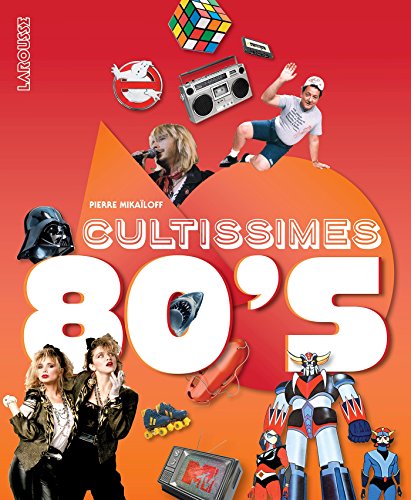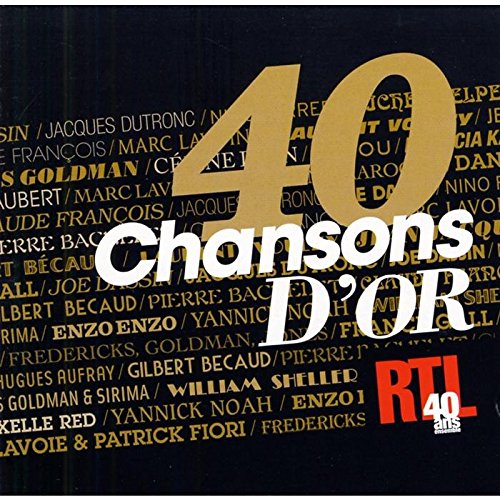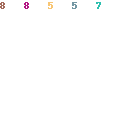

The Rathskeller, opened in 1974, fascinated Los Angeles transplant Robin Lane, who loved LA's music scene. Curt, played in bands from punk to “ambient-jazz-jam-experimental” to his best-known, the art pop band Pastiche, once praised by the Globe as “the best local band to never make it.” He mentored hundreds of local musicians. Rockers Steven Tyler and Joe Perry of Aerosmith circa 1986. That’s what started my loving rock ’n’ roll, and that’s the real reason I picked the name Boston.” But as a teenager in Toledo, Ohio, on a clear night he could tune in WBZ, which “played all those Boston Sound bands - Ultimate Spinach, the Improper Bostonians - and the English bands like the Who and the Yardbirds.

“The Boston music scene to me was the clique-iest and nastiest I’ve ever seen,” Scholz says. The band named for the city never liked the local vibe. Initially rejected by every label (including the one that ultimately released it), the band’s self-titled 1976 debut became the album that wouldn’t stop selling - even 40 years later. Guitarist/gearhead Tom Scholz and singer Brad Delp constructed their grandiose sound on a 12-track machine at a jerry-built studio in the basement of Scholz’s house. Out in Watertown, Boston, the band that would become synonymous with “arena rock,” worked in much closer quarters. They showed their local roots proudly: Their anthem (and future candidate for official state song) “Roadrunner” saluted the joys of driving down Route 128 with the radio on. Over on Cambridge Common, the Saturday afternoon scene might include a doe-eyed guy fronting a scruffy band and urging you to “put down your cigarette and drop out of BU.” That was the eternally lovelorn Jonathan Richman and the Modern Lovers, playing punk rock before anyone knew what to call it.

A review in Detroit’s tougher-than-thou Creem magazine said it all: “These guys played my neighborhood and they’re still alive, so what are you waiting for?” By 1973, they’d proved that Boston rock ’n’ rollers could be as streetwise and hardscrabble as anyone’s. After their first gig in November 1970, at Upton’s Nipmuc Regional High School, Aerosmith played every high school, country club, or frat party that would have them. Drawing musically from heavy English blues-rock and visually from the emerging Bowie/New York Dolls glitter scene, Aerosmith was as flashy as anyone around.
ROCK SONGS 80S MA MEMO FULL
Joined by the shaded and fast-talking Peter Wolf - a sometime WBCN DJ whose own psychedelic blues band the Hallucinations had just broken up - they became known around town for intense live shows, which the nation got a taste of on the band’s 1972 live album Full House.Īcross town, big noise was coming from five rough-and-tumble rockers blasting at a crash pad at 1325 Commonwealth Ave. The next year, Geils, harmonica player Richard “Magic Dick” Salwitz, and bassist Danny Klein took a house in Inman Square and started jamming into the night. At Club 47 (now Passim) in the summer of 1966, three Worcester Polytechnic dropouts saw Muddy Waters, John Lee Hooker, and Howlin’ Wolf play and decided to form the then J. In a way, a folk venue started the Boston rock scene.


 0 kommentar(er)
0 kommentar(er)
